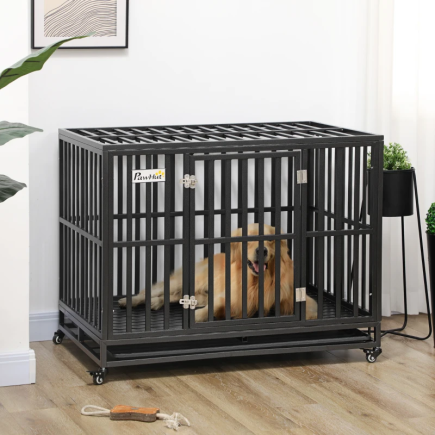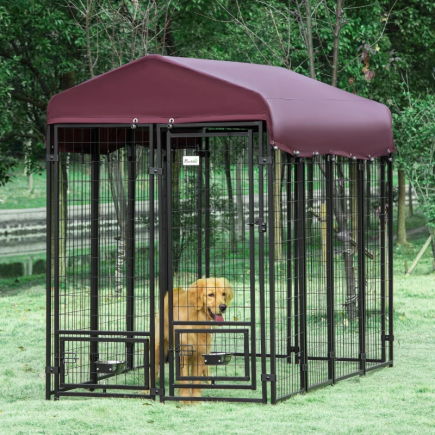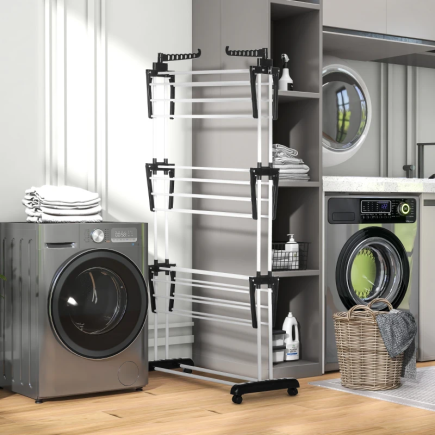Defrosting your mini fridge freezer is a crucial part of maintaining its efficiency and prolonging its lifespan. While it might seem like a chore, regular defrosting ensures your fridge works optimally by preventing ice buildup, which can obstruct airflow and reduce cooling efficiency. Whether you’re preparing for the summer months or tackling an issue with excessive frost, learning how to defrost your mini fridge freezer the right way is essential.

Step-by-Step Guide to Defrost Mini Fridge Freezers
Defrosting your mini fridge freezer can be done easily if you follow a simple process. Below is a step-by-step guide to help you clear out the ice and restore your appliance’s efficiency.
1. Preparation Before Defrosting
Before you start defrosting, it’s important to make sure you have all the necessary preparations in place.
Unplug the Mini Fridge for Safety
Safety is a top priority, so the first step is to unplug your mini fridge. Unplugging it ensures there is no risk of electrical shock and allows the ice to melt without interference from the cooling system.

Remove All Food, Beverages, and Removable Parts
Take everything out of the fridge and freezer, including food, beverages, and any removable parts like trays, shelves, and drawers. Store perishable items in a cooler with ice packs to keep them fresh while you work.

Prepare Your Space
Place towels or a drip pan under the fridge to catch any melting water. You may also want to move the fridge away from the wall to prevent water from getting behind it.
2. Defrosting the Ice
Once you have everything prepped, it’s time to focus on the ice buildup.
Let the Ice Melt Naturally
The most straightforward method is to let the ice melt naturally. Open the fridge door and allow the warm air in the room to gradually melt the ice. Depending on the amount of ice, this could take a few hours to a day.
Speed Up the Process with Hot Water
If you’re in a hurry, you can speed up the defrosting process by placing a bowl of hot water in the freezer. The steam from the hot water will help loosen the ice, making it easier to melt. Replace the water every 30 minutes if needed.

Use a Hairdryer for Faster Results

For a quicker method, you can use a hairdryer on a low heat setting to gently warm the ice. Keep the hairdryer moving to avoid overheating any part of the fridge. Ensure the dryer doesn’t come into contact with water to avoid electrical hazards.

3. Cleaning After Defrosting
Once the ice has melted, it’s essential to clean the fridge to maintain hygiene and prevent odors.
Wipe Down the Fridge Interior
Use a damp cloth to wipe down the interior of the fridge to remove any remaining water and ice residue. Be sure to clean all corners and areas that may have ice buildup.

Clean the Shelves and Trays
Take the removable shelves and trays and clean them with warm soapy water. Once cleaned, dry them thoroughly before reinserting them into the fridge.
Dry the Interior
Ensure that the interior of the fridge is completely dry before plugging it back in. Leftover moisture can cause the fridge to accumulate ice again more quickly.

Safety Considerations During Defrosting
Safety should always be a priority when defrosting your mini fridge freezer.
Unplug the Fridge for Safety
As mentioned earlier, always unplug the fridge before starting the defrosting process to avoid electrical accidents.
Avoid Sharp Objects and High Heat
Never use sharp objects to scrape away the ice, as this can damage the fridge. When using a hairdryer or hot water, make sure the heat is not concentrated in one area for too long.
Handle Melting Ice Carefully
Be mindful of the melting ice and water. Use towels to absorb excess water and prevent damage to your floors or surrounding areas.
Aftercare: Restoring Your Fridge to Full Use
Once the fridge has been defrosted and cleaned, it’s time to get it back into working order.
Replug the Mini Fridge
Plug the fridge back in and set it to the desired temperature. Allow the fridge to cool down to the appropriate temperature before restocking it with food.
Check Door Seals
Before you close the fridge, check the door seals for any gaps or wear. If the seals are damaged, replace them immediately to prevent cold air from leaking and causing future ice buildup.

Preventing Future Ice Buildup in Your Mini Fridge Freezer
To ensure your mini fridge remains ice-free, it’s essential to take a few preventative measures:
Keep the Fridge in a Well-Ventilated Area
Proper airflow is key to preventing ice buildup. Make sure your mini fridge has enough space around it to release heat properly. Avoid placing it against walls or in corners where air can’t circulate freely.
Maintain Proper Temperature Settings
Set your fridge to the recommended temperature (usually around 35°F or 1-3°C). Setting it too low can result in unnecessary ice buildup, while setting it too high can cause food to spoil.
Troubleshooting Common Ice Buildup Issues
Even with regular defrosting, some issues may persist. Here’s what you can do if your mini fridge continues to accumulate ice quickly:
Ice Builds Up Too Quickly
If you notice that ice builds up quickly after defrosting, the problem may be a malfunctioning door seal or an incorrect temperature setting. Check the door seals and ensure they are properly sealed.
Fridge Not Cooling Properly
If your fridge isn’t cooling effectively after defrosting, you may have an issue with the thermostat or the cooling system. In this case, you may need to consult a professional for repairs.
Energy Efficiency: How Defrosting Helps Save Energy
Regular defrosting doesn’t just improve your fridge’s efficiency, it also helps reduce energy consumption.
Why Regular Defrosting Leads to Lower Energy Bills
Removing ice buildup allows the fridge’s cooling system to work more efficiently. When ice obstructs the cooling process, the fridge has to work harder, which leads to higher energy usage and increased utility bills.
How Reducing Ice Buildup Enhances Appliance Efficiency
A frost-free fridge uses less energy to maintain the desired temperature. By defrosting regularly, you ensure that the fridge operates at peak efficiency, saving both energy and money.
Knowing how to defrost your mini fridge freezer is a valuable part of caring for your Small Kitchen Appliances. Regular defrosting not only boosts the performance and longevity of your mini freezer, but it also helps reduce energy consumption, saving you money over time.
By following the step-by-step process in this guide, you can prevent ice buildup, maintain optimal cooling, and keep your mini freezer running efficiently. Proper maintenance ensures your small kitchen appliances continue to function reliably and preserve your food the way they’re meant to. With routine care, your mini fridge freezer will stay in great shape and serve your kitchen needs for years to come.
FAQs
1. Can you defrost a fridge freezer without turning it off?
No, you can’t properly defrost a fridge freezer without turning it off. To safely defrost, switch it off and let the ice melt naturally or use a hairdryer carefully, never chip at the ice.
2. Do mini fridges have a defrost cycle?
Most mini fridges do not have an automatic defrost cycle. You’ll usually need to defrost them manually to prevent frost buildup.
3. Can I use salt to help speed up defrosting?
Yes, sprinkling salt over the ice can slightly speed up melting, but it’s not as effective as warm water or steam.























